There are fewer options now, making the choice easier
Apple’s range of MacBook laptops are popular for various reasons. Some people love the build quality and design, others are stalwart macOS fans, and some people simply want to look stylish as they work on their latest screenplay at the local coffee shop.
Whatever your reason for lusting after one of these svelte clamshell computers, it can be a hair-raising experience to pick the right one. Apple updates their MacBooks infrequently and two machines that look exactly the same at first glance can be very different under the hood.
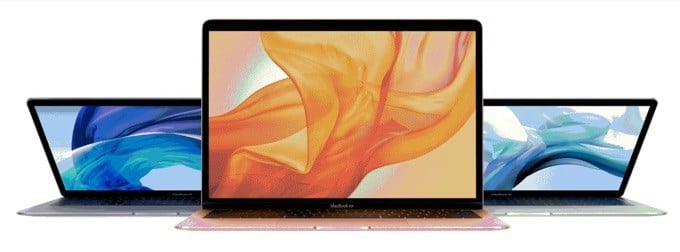
So we’re going to look at every current model of MacBook and help you pick the right MacBook you should buy based on the strengths of each model.
What Do You Need Your MacBook To Do?
Before we actually peruse the catalogue of MacBooks to buy, it’s worth pausing for a moment to talk about you. After all, buying a MacBook is no small financial decision, and you have to be sure it will get you through the 4-5 years the typical user will need it to.
- Are you a casual user? That is, do you use your computer to browse the web, do some basic office work and watch some videos?
- Are you a mid-tier user who does more ambitious things? Perhaps you edit HD video, make music or like to play a video game every now and then?
- Alternatively, are you a professional user? Do you do work that requires complex computation or is highly time-sensitive? In other words, is time literally money for you?

Each of the MacBooks we’re looking at fits into these different levels of user needs to one extent or another, so if you’ve got a clear idea of what you want your MacBook to do, read on.
Current MacBook Models
The MacBooks we’re going to discuss in this section are the most current models as of January 2020. We’ll update the article when new models are released, so be sure to check back periodically to see if our conclusions have changed.
At the moment there are only three product lines in the MacBook range.This includes the new MacBook Air, the MacBook Pro 13” with Touchbar and the MacBook Pro 16”.
We’ve split the 13” model into its two tiers, since they have significant differences and should not be confused with each other.
Entry-level Users Only: MacBook Air 2019
The MacBook Air is the cheapest MacBook you can buy, and the 2019 refresh brought a welcome $100 price drop to the recommended retail price. The Air has a different body to the MacBook Pro 13”, sporting a wedge-shaped body that writers are likely to appreciate.
This is the only dual-core MacBook model among the 2019 MacBook refreshes, which means you should look elsewhere if you need it to do much more than browse the web, word processing, spreadsheets and YouTube. For most people, most of the time, the new Air is going to be just fine.
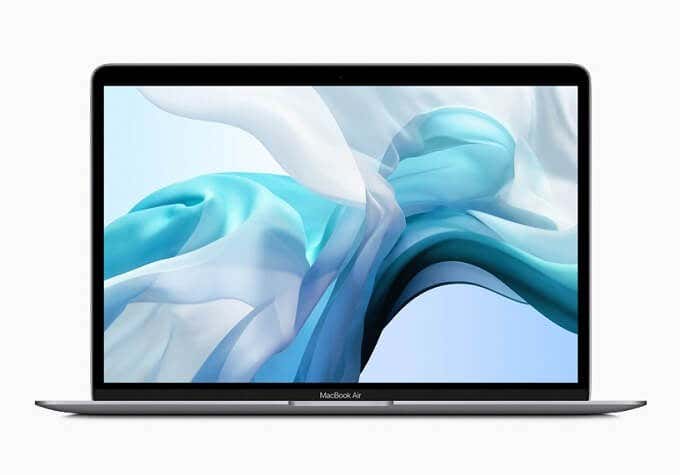
It has a fantastic 13.3” Retina display with TrueTone technology. Something only “Pro” products had in the past. TrueTone adjust the display according to your lighting conditions, to show consistent color temperature. You also get two Thunderbolt ports and TouchID with this model, which is a nice touch in the budget machine.
This is now also the only new MacBook that still has physical function keys, since the new 13” MacBook Pro sports a TouchBar.
The Air is the only MacBook to come in gold, if that’s your thing, and weighs about 200g less than the MacBook Pro 13” with TouchBar. So is this for you?
Who Should Buy the MacBook Air 2019?
The MacBook Air is a great laptop for anyone who has very basic requirements from their computer. It’s base configuration comes with 8GB or RAM and 128GB of storage. We don’t recommend that anyone pay for more RAM or storage given the use case.

In fact, since the base model Air and base model MacBook Pro 13” with TouchBar only differ $200 in price, we don’t recommend anyone buy the 2019 Air unless you absolutely can’t stretch your budget.
Why? Because for that extra $200 you’ll get two extra CPU cores, a significantly brighter screen, better speakers and a significantly better integrated GPU. If you do feel the Air is enough computer for your needs however, it’s a beautiful and well-made machine and still comes with the macOS experience.
Best All-Round Choice: MacBook Pro 13” With Touchbar (1.4Ghz, 2019)
The entry-level MacBook Pro represents one of the most substantial generational upgrades we’ve seen. These new MacBook Pros come with a quad-core CPU, twice as many as the previous models. This makes the MacBook Pro 13” a viable solution for heavier photo editing, HD (and some 4K) video editing and a much snappier general desktop experience.
This model has two Thunderbolt ports, just like the Air. it also has a boxier design, but will go and fit almost everywhere the Air does. The performance sacrifices of the Air certainly aren’t worth the marginal extra portability you get. The Pro is by anyone’s measure ultrabook-class.
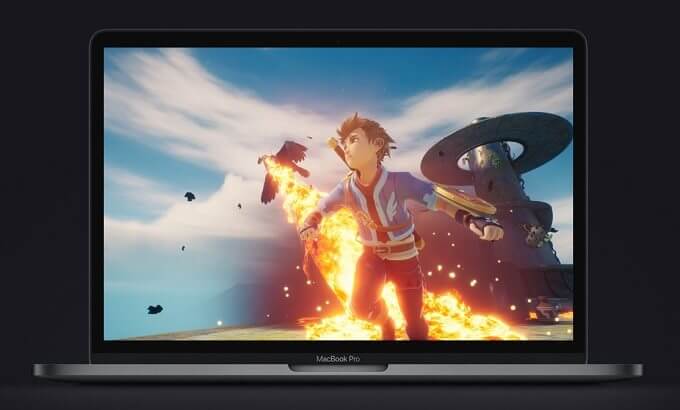
That quad-core CPU also means that using an eGPU (external GPU) via Thunderbolt 3 can turn this mainstream laptop into a real desktop powerhouse. Whether for gaming or GPU-dependent applications, the quad-core CPU combined with something like the Breakaway Puck eGPU can really make it a practical option.
The screen on this is also significantly brighter and generally better than the Air, something that matters to content creators who need accurate color for photos and videos. This is also the first time that the entry-level Pro comes with the TouchBar and TouchID. Although whether you like the TouchBar is a matter of preference.
Who Should Buy The MacBook Pro 13” With TouchBar 2019?
This is the MacBook that the vast majority of customers should buy. The screen is comfortably large, the processor beefy enough enough to do just about anything and it has a screen that is jaw-droppingly good.
Unless you absolutely know that you need it, we don’t recommend paying the extra money for the 256GB storage option versus the base 128GB. Since you can buy a very nice USB-C SSD for less money and more capacity instead. Choosing the 16GB RAM option is however a good choice for long video editing projects and serious multitasking. Since neither the RAM or internal SSD can be upgraded by users, that’s a choice you have to make from the outset.
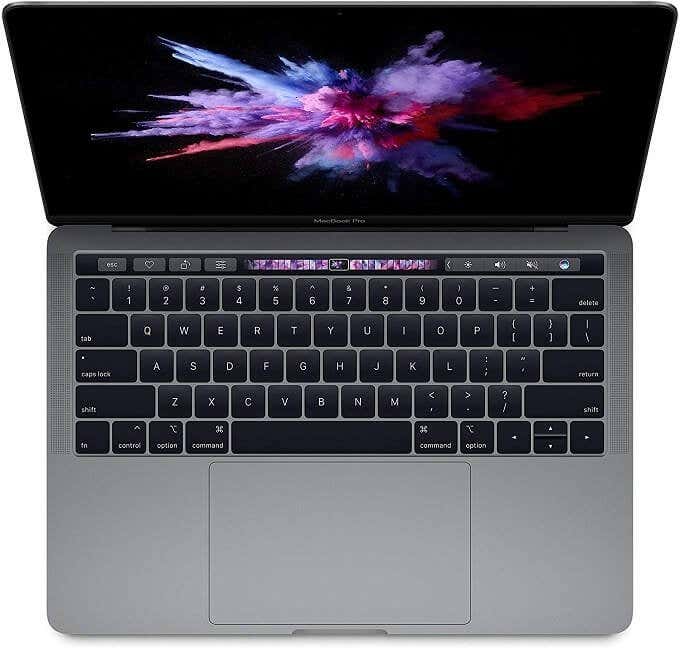
The option of adding an eGPU combined with this new quad-core CPU transforms what is possible with the 13” MacBook Pro and there is simply no better bang-for-buck option in the entire modern MacBook stable. You can opt for a 1.7 Ghz model as well for an extra $300, but the difference in performance doesn’t track with such a steep increase in price.
That being said, the hyper threading feature of the Core i7 CPU in this slightly better model can make a difference in tasks such as video encoding renders. If you are going to use software that will justify having eight software threads, it’s worth considering. However, most people should simply stick with the i5.
Not For Everyone: MacBook Pro 13” with Touchbar (2.4Ghz, 2019)
The higher-end MacBook Pro 13” with TouchBar costs a full $500 more for the base model compared to the base model of the entry-level unit. So what do you get for that significant chunk of change?
The first notable difference here is the addition of another two Thunderbolt ports. This means you can charge your MacBook from both sides and can attach far more peripherals without having to invest in a dock. Now, to be honest, most people are going to be OK with just two ports and a nice dock. However, there’s no denying the luxury of having ports to spare.
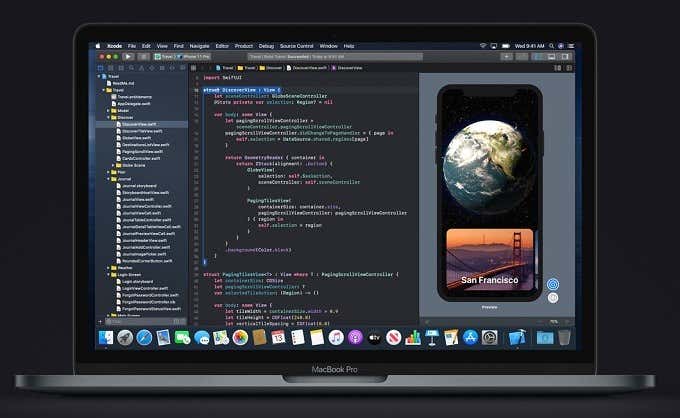
The other big difference is the 2.4Ghz quad-core CPU and larger base model SSD capacity. It’s certainly nice to have 256GB compared to the 128GB SSD of the entry-level MacBook Pro 13” but, again, external SSDs are much cheaper per gigabyte and more than fast enough for almost everyone.
So is the extra performance from the uprated i5 worth the bump in price? On paper it does seem to be the case. However, this more expensive MacBook had the same chassis and thermal constraints as the cheaper model. Both have similar boost clocks as well and multiple independent benchmarks have shown the two CPUs perform very similarly. Yes, this processor is a little faster, but not enough to warrant the price premium.
Likewise, the uprated integrated GPU in this model isn’t too far off the model you get in the entry-level MacBook Pro 13”. Once again. There’s an even faster Core i7 option for this model as well, but our advice remains the same. Unless you really need eight threads for your applications, it’s better value to stick with the default CPU.
Who Should Buy The MacBook Pro 13” With TouchBar (2.4Ghz, 2019)?
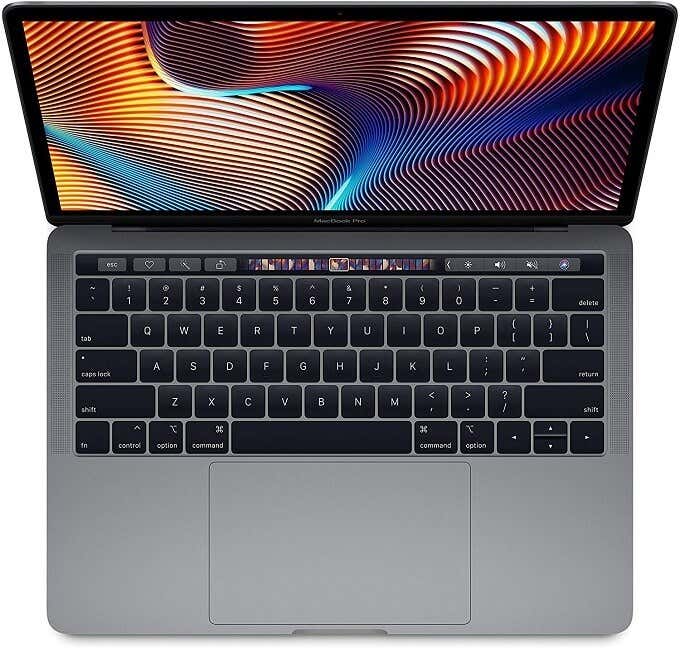
Assuming that you can live with just the two Thunderbolt ports, it would be better to use the $500 premium of this model and rather add more RAM and storage to the base model MacBook Pro. Only users who are sure the small difference in performance will be crucial need apply here.
However, if you are doing work where the maximum CPU performance is crucial, you’d be better off looking at the larger MacBook Pro offerings, assuming that you aren’t absolutely tied to the 13” form factor. If the Core i7 option looks appealing to you, then it’s particularly important to give the MacBook Pro 16” a hard look, since that option pushed the price of this smaller laptop perilously close to the base model of Apple’s flagship.
The Best MacBook In History: MacBook Pro 16” (2019)
It’s been a long time since any MacBook has received as much universal praise as the new 16” MacBook Pro. Apple seem to have noted every complaint users had about the old 15” model and every other MacBook, since this new machine ticks off a long list of them.
First of all, the screen has eaten a significant amount of bezel, letting Apple put a 16” LCD panel into a very similar amount of space as the 15” model. Secondly, the keyboard now uses an entirely different and much more robust keyboard switch design. This may be coming to all future MacBook models, but for now, other 2019 MacBooks are using a “butterfly” switch design that has proven rather unreliable in the past. Not so for this MacBook.
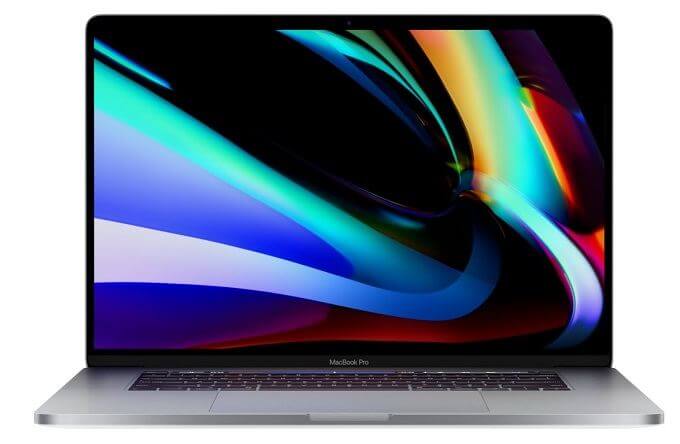
Next up, this MacBook has a TouchBar and TouchID, but it also has a physical “Escape” key, which is something professional users have been quite vocal about.
The most important aspect of the 16” model is undoubtedly the specifications.
- The base models sports SIX processor cores with 12 threads thanks to the Core i7 “hyperthreading” feature. The higher-end model has EIGHT cores, with a class-leading Core i9 CPU onboard.
- Both laptops have 16GB of RAM as standard and 512GB and 1TB of SSD storage respectively.
- Both laptops have discrete GPUs, with the AMD Radeon Pro 5300M and 5500M respectively showing their stuff. These two cards compare roughly with the GTX 1650 and GTX 1660 Ti from Nvidia. Which makes them good midrange gaming cards and excellent mobile GPUs for professional GPU-accelerated tasks.
Who Should Buy The MacBook Pro 16”?
The first group of people who should seriously consider the 16” machine are those who are looking at the 2.4 Ghz MacBook Pro 13”. True, there’s a $600 difference in price, but if you go for the model with 16GB of RAM and a 512GB SSD, the price difference is only $200.
What you get for that $200 is phenomenal. It includes a much larger screen, two extra processor cores, eight additional threads and an exponentially more powerful GPU. Not to mention the superior keyboard. Unless you absolutely must have a 13” machine, the base model MacBook Pro 16” renders the 2.4Ghz 13” model entirely redundant.
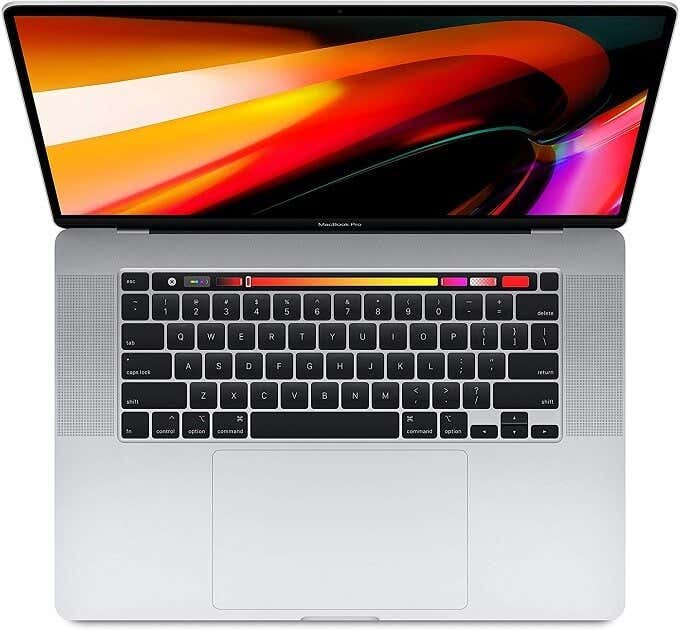
The second group of people who need to strongly consider the 16” machine are those doing any sort of professional work where time is money. This laptop will render video, 3D, scientific or any other processor-intensive task much faster than all but one other MacBook in the range. It’s got a heap of grunt and the $600 price difference between this and the next model down is nothing in the face of how much you stand to gain from its power advantage.
Also, unlike the other MacBook Pro machines, the Core i9 model is well worth the $400 premium it commands. An extra 512GB of storage, yet another two cores and four threads plus a moderately faster GPU adds up to quite a bargain comparatively.
We would not recommend anyone whose use case doesn’t benefit from eight cores and 16 threads to buy the top end model, but if your budget can stretch to it, the upgrade is worthwhile and provides some extra future proofing.
Older MacBook Models
There are still plenty of good deals to be had on older Mac models, but the latest lineup of machines deal with thermal throttling, keyboard reliability and performance issues that have plagued the MacBook lineup over the past five years or so.
Consequently, we don’t recommend buying those older models used, since they would not benefit from Apple’s warranty programs. If you do buy an older model directly from Apple that’s new or refurbished, we strongly recommend taking Apple Care in addition to the standard warranty.
Sydney Butler is a social scientist and technology fanatic who tries to understand how people and technology coexist. He has two decades of experience as a freelance computer technician and more than a decade as a technologies researcher and instructor. Sydney has been a professional technology writer for more than five years and covers topics such as VR, Gaming, Cyber security and Transhumanism. Read Sydney's Full Bio




